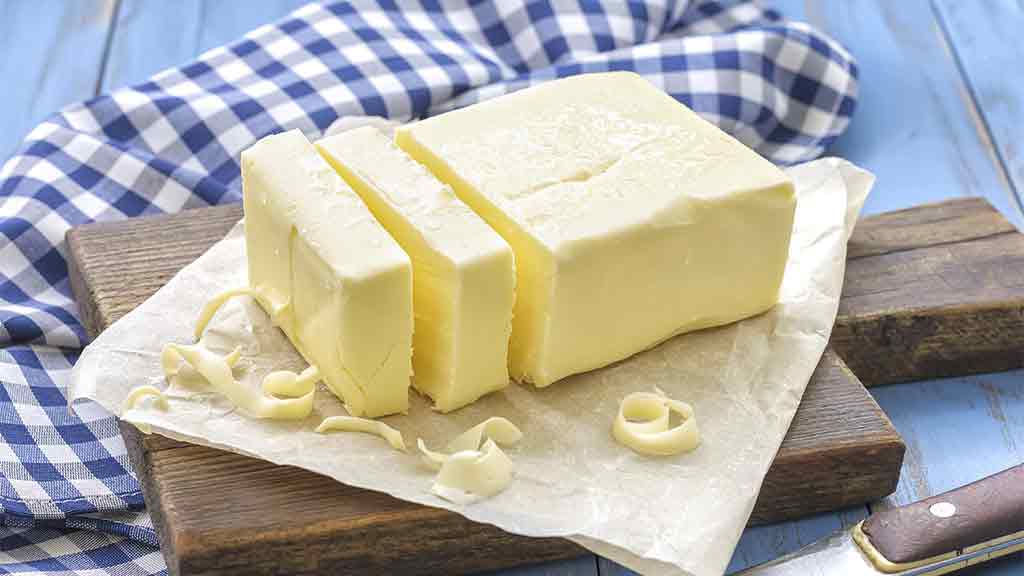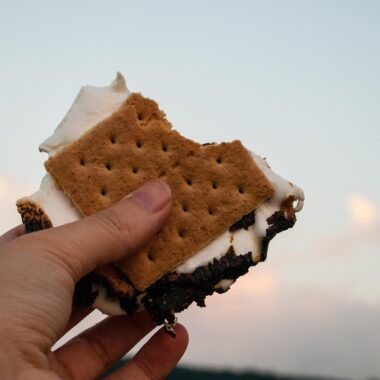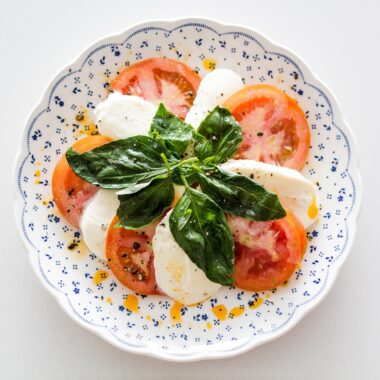Renovating your kitchen can breathe new life into your home, and one of the most impactful changes you can make is painting your kitchen cabinets. However, choosing the right paint for this job is crucial to ensure durability, ease of cleaning, and a professional finish. Here’s a comprehensive guide to help you select the best paint for your kitchen cabinets.
Types of Paint
Latex Paint
Latex paint, or water-based paint, is a popular choice due to its low levels of volatile organic compounds (VOCs), easy clean-up with soap and water, and quick drying time. High-quality latex paints provide a smooth finish and are durable enough for kitchen cabinets.
Pros:
Low VOCs and odor
Easy to clean
Quick drying
Cons:
Requires proper surface preparation
May not be as durable as oil-based paint
Oil-Based Paint
Oil-based paint has been a traditional choice for kitchen cabinets due to its durability and smooth finish. It provides a hard, long-lasting surface that can withstand heavy use, making it ideal for high-traffic areas like kitchens.
Pros:
Extremely durable
Smooth, professional finish
Resistant to chipping and staining
Cons:
High levels of VOCs
Long drying time
Requires mineral spirits for clean-up
Finish Options
The finish of the paint plays a significant role in both the appearance and functionality of your cabinets. Here are the common finishes available:
Semi-Gloss
Semi-gloss is a popular choice for kitchen cabinets because it strikes a balance between sheen and practicality. It is durable, easy to clean, and reflects light, which can brighten up the kitchen space.
Pros:
Durable and easy to clean
Reflects light, enhancing the kitchen’s appearance
Cons:
Can highlight surface imperfections
Gloss
Gloss finish provides the highest level of shine and durability. It is exceptionally easy to clean, making it a great choice for busy kitchens where spills and splatters are common.
Pros:
Very durable and easy to clean
High sheen for a modern look
Cons:
Can highlight imperfections even more than semi-gloss
May be too shiny for some tastes
Satin
Satin finish offers a softer sheen than semi-gloss but still provides durability and ease of cleaning. It’s a good middle-ground option if you prefer less shine.
Pros:
Durable with a subtle sheen
Easier to maintain than flat or matte finishes
Cons:
Less reflective than semi-gloss or gloss
Primer: An Essential Step
Before painting your kitchen cabinets, applying a primer is essential. Primer helps the paint adhere better to the surface, provides a uniform base color, and can help to cover any stains or dark colors on the existing cabinets.
Types of Primer:
Oil-Based Primer: Best for covering wood tannins and providing a durable base.
Shellac-Based Primer: Excellent for blocking stains and odors, and for use on wood or metal surfaces.
Latex-Based Primer: A good option for lighter coverage and easy clean-up.
Specialty Paints
If you’re looking for something beyond the traditional options, consider specialty paints designed specifically for cabinets. These paints often include additional bonding agents and hardeners to ensure a durable finish that can withstand kitchen wear and tear.
Milk Paint
Milk paint is a non-toxic, environmentally friendly option that provides a unique, vintage look. It requires a bonding agent if used on non-porous surfaces.
Chalk Paint
Chalk paint is known for its matte, velvety finish and ease of use. It requires a wax or polyurethane topcoat to seal and protect the surface.
Preparation and Application Tips
Clean Thoroughly: Remove all grease and grime with a degreaser or TSP (trisodium phosphate).
Sand: Lightly sand the surfaces to ensure better paint adhesion.
Remove Hardware: Take off cabinet doors, drawers, and hardware for a more thorough and professional job.
Apply Even Coats: Use a high-quality brush or roller for smooth, even coats. Consider using a paint sprayer for the best finish.
Cure Time: Allow adequate curing time between coats and before reattaching doors and hardware to ensure the paint is fully hardened and durable.
Choosing the right paint for your kitchen cabinets is essential for achieving a durable, beautiful finish that can withstand the rigors of daily use. By considering the type of paint, the finish, the necessity of a primer, and specialty options, you can transform your kitchen cabinets and give your space a fresh, updated look. Take your time with preparation and application to ensure the best results for your kitchen renovation project.
Top Brands to Consider
When selecting paint for your kitchen cabinets, choosing a reputable brand can make a significant difference in the quality and longevity of the finish. Here are some top brands known for their high-quality cabinet paints:
Benjamin Moore Advance
Benjamin Moore Advance is a waterborne alkyd paint, combining the best features of oil-based and latex paints. It provides a smooth, durable finish with low VOCs and easy clean-up.
Pros:
Durable, furniture-like finish
Low VOCs
Easy clean-up with soap and water
Sherwin-Williams ProClassic
Sherwin-Williams ProClassic is another excellent choice, offering a smooth, durable finish that resists yellowing over time. It is available in both latex and alkyd formulas.
Pros:
Excellent durability and smooth finish
Non-yellowing formula
Multiple finish options
Behr Alkyd Semi-Gloss Enamel
Behr Alkyd Semi-Gloss Enamel provides the durability of oil-based paint with the easy clean-up of a water-based formula. It’s a great option for DIY enthusiasts looking for a professional-quality finish.
Pros:
Durable and easy to clean
Low VOCs
Excellent adhesion
Rust-Oleum Cabinet Transformations
For those looking for an all-in-one solution, Rust-Oleum Cabinet Transformations offers a kit that includes everything needed to transform kitchen cabinets, from deglosser to topcoat.
Pros:
Complete kit with all necessary materials
Easy-to-follow instructions
Durable finish
Maintenance and Care
Once you’ve painted your kitchen cabinets, proper maintenance is essential to keep them looking their best. Here are some tips to maintain and care for your newly painted cabinets:
Regular Cleaning
Use a soft cloth or sponge with mild dish soap and water for regular cleaning.
Avoid abrasive cleaners or scrubbers that can damage the finish.
Handle Spills Immediately
Wipe up spills and splatters promptly to prevent staining and damage to the paint.
Touch-Ups
Keep a small amount of leftover paint for touch-ups. Address chips and scratches as soon as they appear to maintain the integrity of the finish.
Avoid Excessive Moisture
Keep cabinets dry and avoid excessive moisture exposure, especially near the sink and dishwasher areas.
DIY vs. Professional Painting
Deciding whether to tackle the painting project yourself or hire a professional can depend on several factors, including budget, time, and desired finish quality.
DIY Painting
Pros: Cost-effective, personal satisfaction, flexible timeline.
Cons: Time-consuming, requires proper tools and techniques, potential for a less professional finish.
Professional Painting
Pros: High-quality, durable finish, faster completion time, less hassle.
Cons: Higher cost, reliance on the availability of professionals.
Painting your kitchen cabinets is a rewarding project that can significantly enhance the look and feel of your kitchen. By selecting the right paint type, finish, and brand, and following proper preparation and maintenance steps, you can achieve a beautiful, long-lasting result.
Whether you choose to do it yourself or hire a professional, the effort you put into painting your kitchen cabinets will be well worth it, giving your kitchen a fresh, updated appearance that you’ll enjoy for years to come.


















